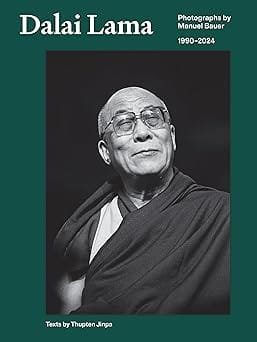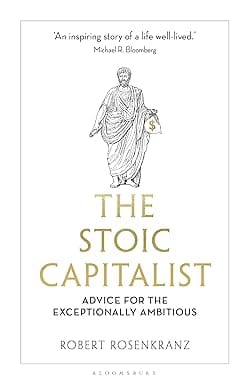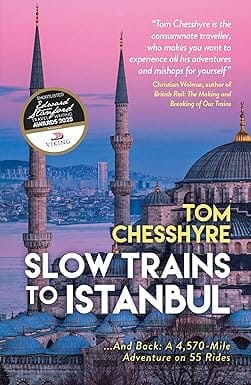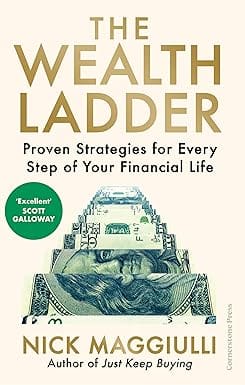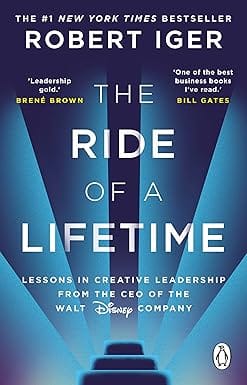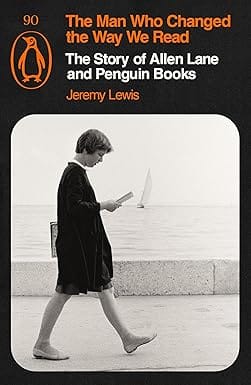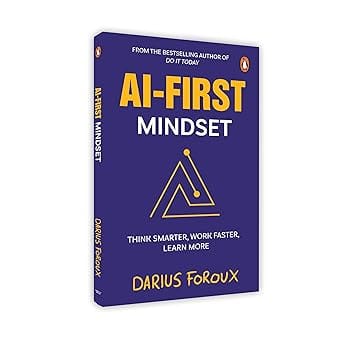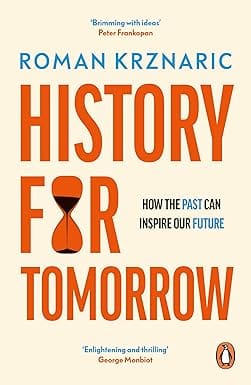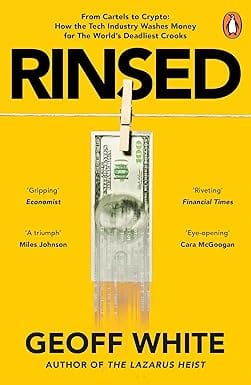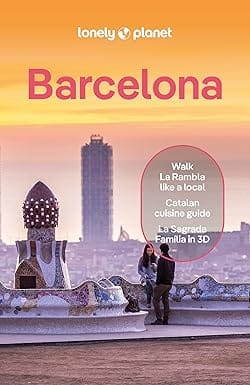WELCOME TO MIDLAND BOOK SHOP!
SHOP FOR
- Non-ficton
- Non-ficton
- Contemporary Fiction
- Contemporary Fiction
- Children
- Children
- Comics & Graphic Novels
- Comics & Graphic Novels
- Non-Fiction
- Non-Fiction
- Fiction
- Fiction
Shop No.20, Aurobindo Palace Market, Hauz Khas, Near Church +91 9818282497 | 011 26867121 110016 New Delhi IN
Midland The Book Shop ™
Shop No.20, Aurobindo Palace Market, Hauz Khas, Near Church +91 9818282497 | 011 26867121 New Delhi, IN
+919871604786 https://www.midlandbookshop.com/s/607fe93d7eafcac1f2c73ea4/677cda367903fd013d69b606/without-tag-line-480x480.png" [email protected]9789365235951 6842dbdf433d6cd755d52929 Modernity In Indian Art Reflections https://www.midlandbookshop.com/s/607fe93d7eafcac1f2c73ea4/6842dbe0433d6cd755d52931/71t-govkzsl-_sy385_.jpg 9789365235951
When tradition lingers like a faded script, what does it mean to be modern? Harsha V. Dehejia embarks on a profound exploration of modernity, weaving together philosophy, aesthetics, and emotion. He tries to decode the shifting soul of modern Indian art, where the artist is no longer a servant to patron or literature but a seeker of personal truth. In this landscape of artistic liberation, a new Rasa emerges—duhkha, the quiet despair of modernity. Born of solitude, capitalism, and the slow fracturing of old bonds, it stains the canvas with existential urgency and pulses with angst.
Through the works of ten modern Indian artists such as Rabindranath Tagore, Krishen Khanna, Tyeb Mehta, Bhupen Khakhar, Sudhir Patwardhan, Nalini Malani, Atul Dodiya, and more, Dehejia deciphers the symbols of this evolving aesthetic—where past and present collide, where longing and liberation coexist.
Modern Indian art is unbound—free, secular, polychromatic, and fiercely individualistic.
It is abstract and figurative, urban and tribal, meditative and rebellious—unshackled from the mythic and the literary, yet never fully severed from its roots. Like a palimpsest, the past lingers beneath its bold strokes, its echoes faint but persistent.
Modernity in Indian Art
Through the works of ten modern Indian artists such as Rabindranath Tagore, Krishen Khanna, Tyeb Mehta, Bhupen Khakhar, Sudhir Patwardhan, Nalini Malani, Atul Dodiya, and more, Dehejia deciphers the symbols of this evolving aesthetic—where past and present collide, where longing and liberation coexist.
Modern Indian art is unbound—free, secular, polychromatic, and fiercely individualistic.
It is abstract and figurative, urban and tribal, meditative and rebellious—unshackled from the mythic and the literary, yet never fully severed from its roots. Like a palimpsest, the past lingers beneath its bold strokes, its echoes faint but persistent.
Modernity in Indian Art
in stockINR 559
1 1
Email ID already exists!
Your Current password is incorrect
Password Updated Successfully
Thanks for your Feedback
- Home
- Non-Fiction
- Modernity In Indian Art Reflections
Modernity In Indian Art Reflections
ISBN: 9789365235951
₹559
₹699 (20% OFF)SIZE GUIDE
Sold By: Hauz Khas - Aurobindo Market
Details
- ISBN: 9789365235951
- Author: Harsha V Dehejia
- Publisher: Aleph Book Company
- Pages: 144
- Format: Hardback
Book Description
When tradition lingers like a faded script, what does it mean to be modern? Harsha V. Dehejia embarks on a profound exploration of modernity, weaving together philosophy, aesthetics, and emotion. He tries to decode the shifting soul of modern Indian art, where the artist is no longer a servant to patron or literature but a seeker of personal truth. In this landscape of artistic liberation, a new Rasa emerges—duhkha, the quiet despair of modernity. Born of solitude, capitalism, and the slow fracturing of old bonds, it stains the canvas with existential urgency and pulses with angst.
Through the works of ten modern Indian artists such as Rabindranath Tagore, Krishen Khanna, Tyeb Mehta, Bhupen Khakhar, Sudhir Patwardhan, Nalini Malani, Atul Dodiya, and more, Dehejia deciphers the symbols of this evolving aesthetic—where past and present collide, where longing and liberation coexist.
Modern Indian art is unbound—free, secular, polychromatic, and fiercely individualistic.
It is abstract and figurative, urban and tribal, meditative and rebellious—unshackled from the mythic and the literary, yet never fully severed from its roots. Like a palimpsest, the past lingers beneath its bold strokes, its echoes faint but persistent.
Modernity in Indian Art
Through the works of ten modern Indian artists such as Rabindranath Tagore, Krishen Khanna, Tyeb Mehta, Bhupen Khakhar, Sudhir Patwardhan, Nalini Malani, Atul Dodiya, and more, Dehejia deciphers the symbols of this evolving aesthetic—where past and present collide, where longing and liberation coexist.
Modern Indian art is unbound—free, secular, polychromatic, and fiercely individualistic.
It is abstract and figurative, urban and tribal, meditative and rebellious—unshackled from the mythic and the literary, yet never fully severed from its roots. Like a palimpsest, the past lingers beneath its bold strokes, its echoes faint but persistent.
Modernity in Indian Art
User reviews
NEWSLETTER
Subscribe to get Email Updates!
Thanks for subscribing.
Your response has been recorded.

India's Iconic & Independent Book Store offering a vast selection of books across a variety of genres Since 1978.
"We Believe In The Power of Books" Our mission is to make books accessible to everyone, and to cultivate a culture of reading and learning. We strive to provide a wide range of books, from classic literature, sci-fi and fantasy, to graphic novels, biographies and self-help books, so that everyone can find something to read.
Whether you’re looking for your next great read, a gift for someone special, or just browsing, Midland is here to make your book-buying experience easy and enjoyable.
We are shipping pan India and across the world.
For Bulk Order / Corporate Gifting
 +91 9818282497 |
+91 9818282497 |  [email protected]
[email protected]
Click To Know More
INFORMATION
QUICK LINKS
ADDRESS
Midland Book Shop - Hauz Khas
Shop No.20, Aurobindo Palace Market, Near Church, New Delhi
Shop No.20, Aurobindo Palace Market, Near Church, New Delhi


